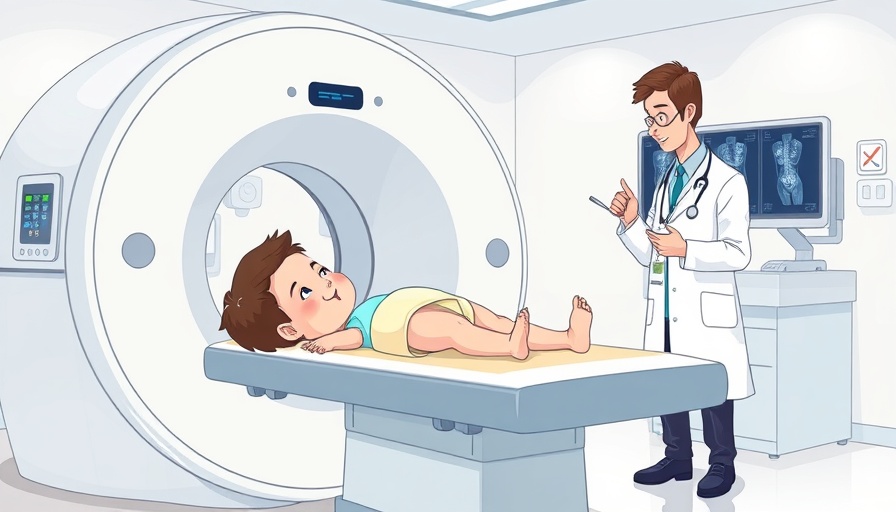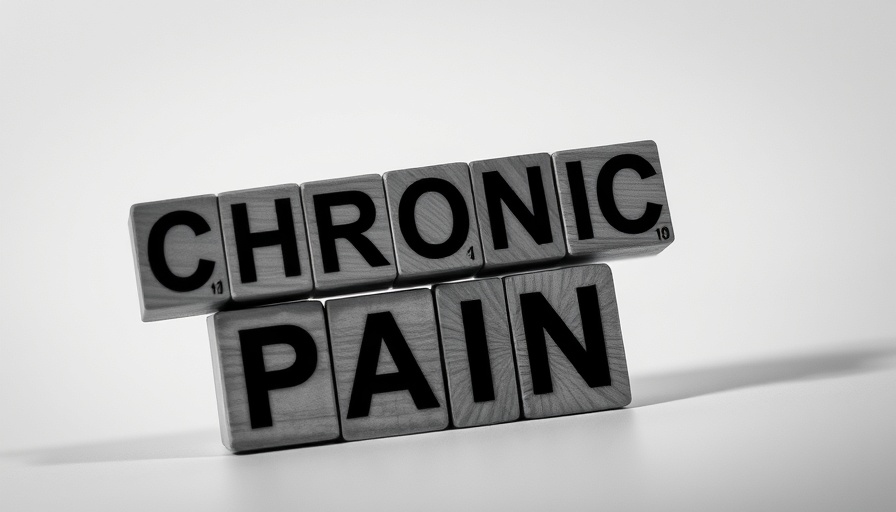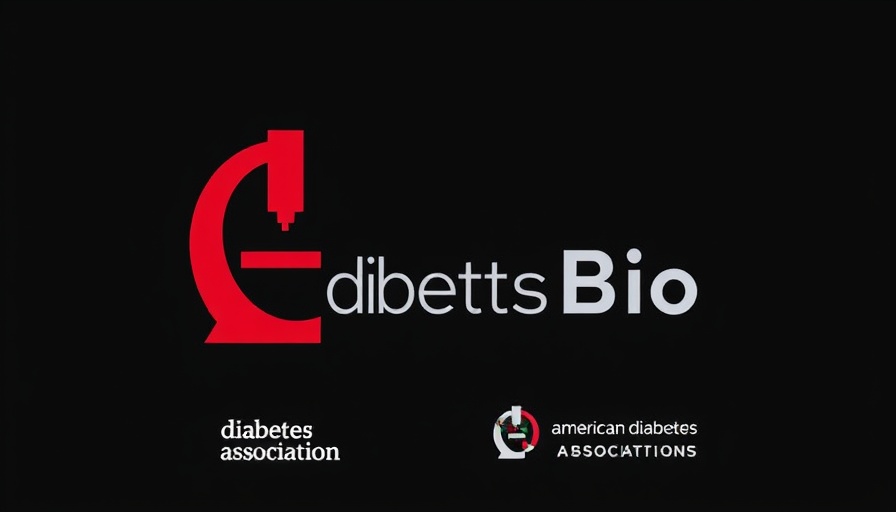
New Insights on Pediatric Imaging and Cancer Risks from Radiation
A recent groundbreaking study has revealed alarming connections between radiation exposure from medical imaging and the increased risk of hematologic cancers in children. Published in The New England Journal of Medicine, researchers have concluded that up to 10% of blood cancer cases among children may be attributable to medical imaging-induced radiation.
The Scale of the Issue
This extensive research, conducted by scientists from UC San Francisco and UC Davis, examined nearly 4 million children treated across various healthcare systems from 1996 to 2016. Notably, it found that the more radiation children received from diagnostic imaging, particularly from CT scans, the higher their risk of developing conditions like leukemia and lymphoma became. Among the cohort, 2,961 children were diagnosed with hematologic malignancies, emphasizing that radiation exposure during formative years can have lasting consequences.
Understanding Radiation Exposure and Its Implications
The study sheds light on cumulative radiation doses and their proportional impact on cancer risk. For instance, children who received head CT scans reportedly had a 3.5 times higher risk of developing cancer than those who had none. Such findings validate the theory known as the linear no-threshold model, which posits that any exposure to ionizing radiation is harmful, prompting urgent conversations about mitigating unnecessary imaging.
Clinical Considerations: Finding the Balance
As the study's lead author, Dr. Rebecca Smith-Bindman, emphasized, medical imaging is invaluable for diagnosing and managing health issues in children. However, both healthcare providers and families must carefully evaluate the necessity of imaging studies, especially given the heightened radiosensitivity of children compared to adults. This balance is crucial in ensuring that the diagnostic benefits do not outweigh potential long-term health risks.
Rethinking Imaging Practices for Safer Outcomes
In light of these findings, experts recommend optimizing imaging modalities to minimize radiation exposure. Techniques such as reducing the number of CT image phases or choosing alternative diagnostic options, such as ultrasound or MRI, can provide safe yet effective solutions for practitioners. This shift not only protects young patients but also encourages a culture in medicine that prioritizes patient safety.
Policy Implications and Future Directions
This study raises vital questions for current healthcare policies: How can we implement better screening strategies? What protocols exist to track cumulative radiation exposure in pediatric patients? Moving forward, the healthcare community must address these challenges with urgency, fostering a healthcare environment that values patient advocacy and safety equally.
The Role of Education in Primary Care
Education plays a pivotal role in how physicians communicate the risks associated with imaging to families. Many parents may view CT scans as essential for high-quality care, potentially leading to unnecessary exams and increased risk. Thus, clinicians must provide transparent information and educate families about the importance of need-based imaging rather than relying on diagnostic tests that may not be necessary.
Conclusion: Awareness and Action are Key
The findings from this recently published study emphasize the critical balance needed between the use of medical imaging in pediatric healthcare and the associated risks of radiation exposure. By prioritizing non-ionizing imaging methods when possible and evaluating the necessity of high-dose imaging tests, we can safeguard the health of children and mitigate the potential rise in hematologic malignancies linked to past medical decisions. Families, clinicians, and policymakers must unite in understanding the implications of radiation exposure and take informed actions moving forward.
 Add Row
Add Row  Add
Add 




Write A Comment